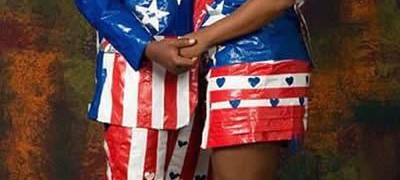Logical argument?
Given that masculine and feminine are opposite, or counterparts.
Given that a more masculine man is more manly.
Given that a more manly man is movement toward the optimum.
Then, a feminine man is the least optimum.
Then, male is good, and female is bad.
Then, one must reject what is feminine as a disadvantage, and outrightly negative, to move toward the good.
I have a 75% + male readership, and I know most, if not all the males who hear hyper-masculine rhetoric get, at least, a bit nauseated, or frustrated by the vitriol.
“Most [church] dudes are sort of chicks.” -Mark Driscoll (see video)
Please tell me how promoting hyper-masculinity is not also misogyny?
I think this is a situation of a leader being allowed to run amuck with therapeutic misogyny that comes under the guise of Scriptural authority. This is a perversion of leadership.
Is the movement toward masculinizing the church a seductive trap? What about gender is so super important to spreading God’s love and the message of the gospel? How can men be best mentored/discipled?
What should be done?
If you would like to read about this topic from a man’s perspective: both a theologian and former Mixed Martial Artist (a.k.a. “cage fighter”) I recommend this poignant and potent article: THE CONFESSIONS OF A CAGE FIGHTER: MASCULINITY, MISOGYNY, AND THE FEAR OF LOSING CONTROL -by Matt Morin (Matt is a man anyone can respect, but for none of the reasons that Mark Driscoll cherishes.)
Kudos to Matt. I dub you “awesome”.
In the next post, I’ll explore Christian therapeutic, misandry. It’s real, and it doesn’t happen as overtly aggressively as its male counterpart, but it’s just as destructive to the ministry, message, and sacrifice of Christ, our Savior.
So that we may be one in Christ, we must abandon our old, worn out ways that secular culture has blanketed us with. Men and women are not stereotypes. They are not caricatures of the masculine and the feminine, unless those people are spiritually under-developed and unhealthy emotionally. They are instead God’s image bearers, and God’s vehicle to put the world to rights.




